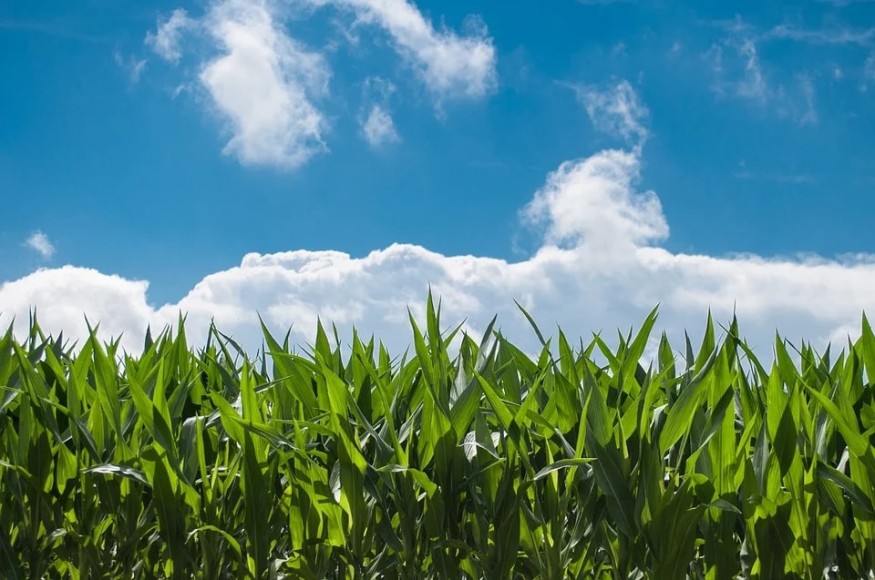A comprehensive study by University of Illinois researchers examined water withdrawals by US agriculture, crop and livestock activities spanning the years 1995 to 2010.
The decline in the use of water
The research team found a trend of declining use of water due to various factors. Their research was published in the journal Environmental Science and Technology.
According to study co-author and University of Illinois regional economist Sandy Dall'erba, the overall water usage in irrigating crops lessened by 8.3 percent in the period studied.

READ: Belgium Announces Bird Flu Outbreak and Measures To Contain It
Different for each crop
In conducting the study, Dall'erba said that the drivers that determine water usage should be considered individually for each crop because they differ.
This means that strategies for saving water in a particular crop may be irrelevant to another.
Dall'erba adds that water use in fruits, vegetables, and cereal grains is driven primarily by irrigation efficiency, domestic income per capita, and food processing sales. With more efficient irrigation, demand for water decreases.
With the lower fruit and vegetable demand during the period studied as caused by the financial crisis, water demand also lessened.
Meanwhile, oilseed crops showed a 98 percent water demand increase. This was largely due to international linkages in the supply chain. Foreign companies that mostly came from China bought large numbers of oilseed crops in the US for processing.
Livestock water use
Meanwhile, in the US, the demand for red meat decreased, while demand increased for white meat. There are now fewer consumers of beef, while more are consuming chicken.
The latter needs less water by 3.5 times per pound produced. This, according to Dall'erba, reduced the use of water in the US for livestock production by 14 percent.
The conduct of the study
The researchers analyzed the data through structural decomposition, focusing on 18 factors that drive water use in eight crops, six livestock types, and 11 industries for food processing.
Their analysis is based on a global database for the supply chain Exiobase. It included water use in all stages of production in domestic and foreign supply chains for crops, livestock, and processed food. This highlighted the interconnected nature of worldwide agribusiness.
An example of this interconnectivity and interdependence is how US crops could be dependent on foreign fertilizers, while US soybeans are needed by China for their food processing industry or are used as a feed ingredient for European livestock.
In the study, the researchers used USGS data based on real observations instead of simple models.
Factors affecting water usage
Political relationships affect water use, such as the trade war between the US and China, which caused fewer Chinese imports that lowered water use in the US. Dall'erba noted that this might improve under the new US administration.
The pandemic caused by COVID-19 also affected water use, with negative effects on the economy, such as higher unemployment impacting demand. Similarly, the recession in 2008 decreased the use of water.
The relevance of the study
According to Dall'erba, it is important to assess water consumption for countries with heavy agricultural production. There is much uncertainty in water availability due to the changing climate.
Strategies for water management include increasing irrigation efficiency, changing crops, and the use of GMO crops.
Measures to conserve water further could also include increasing the taxes for US agriculture, crop and livestock products that are water-intensive products, as well as increased ecolabeling.
READ NEXT: The Connection Between Agriculture, Zoonotic Diseases, and Pandemics
Check out for more news and information on Agriculture on Nature World News.
© 2025 NatureWorldNews.com All rights reserved. Do not reproduce without permission.





